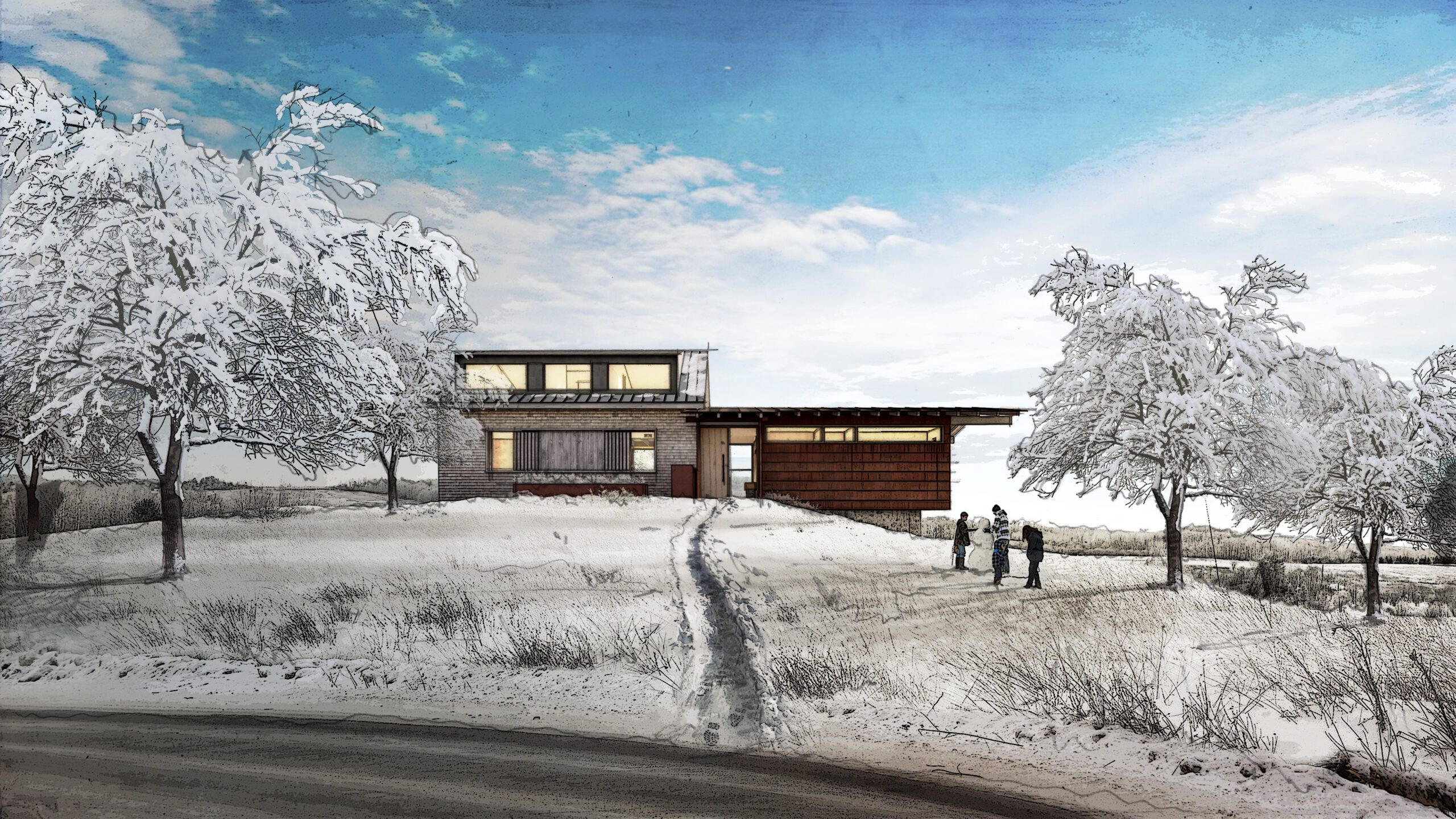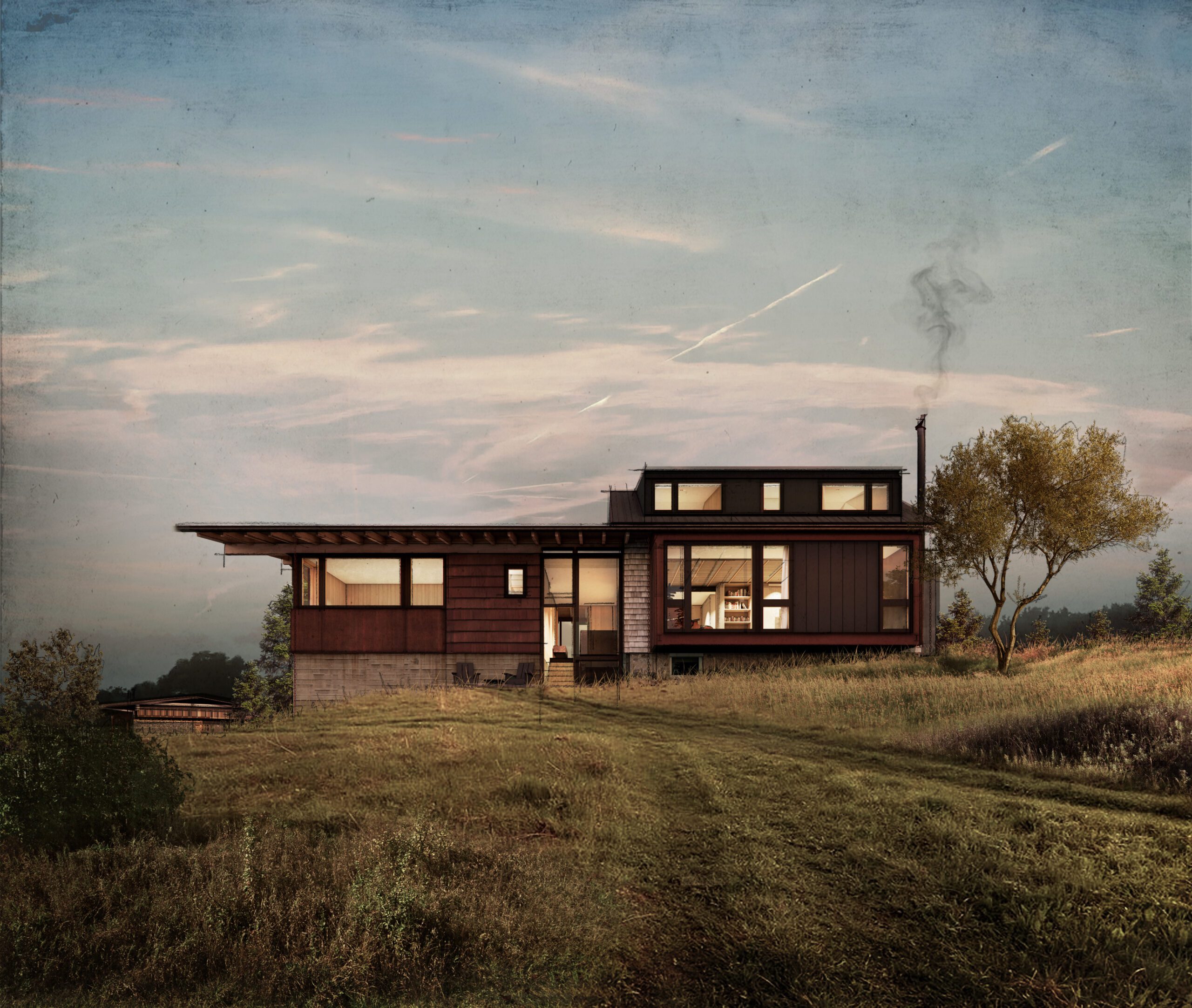
Certon Creek Farm
Levering, Michigan | Renovation
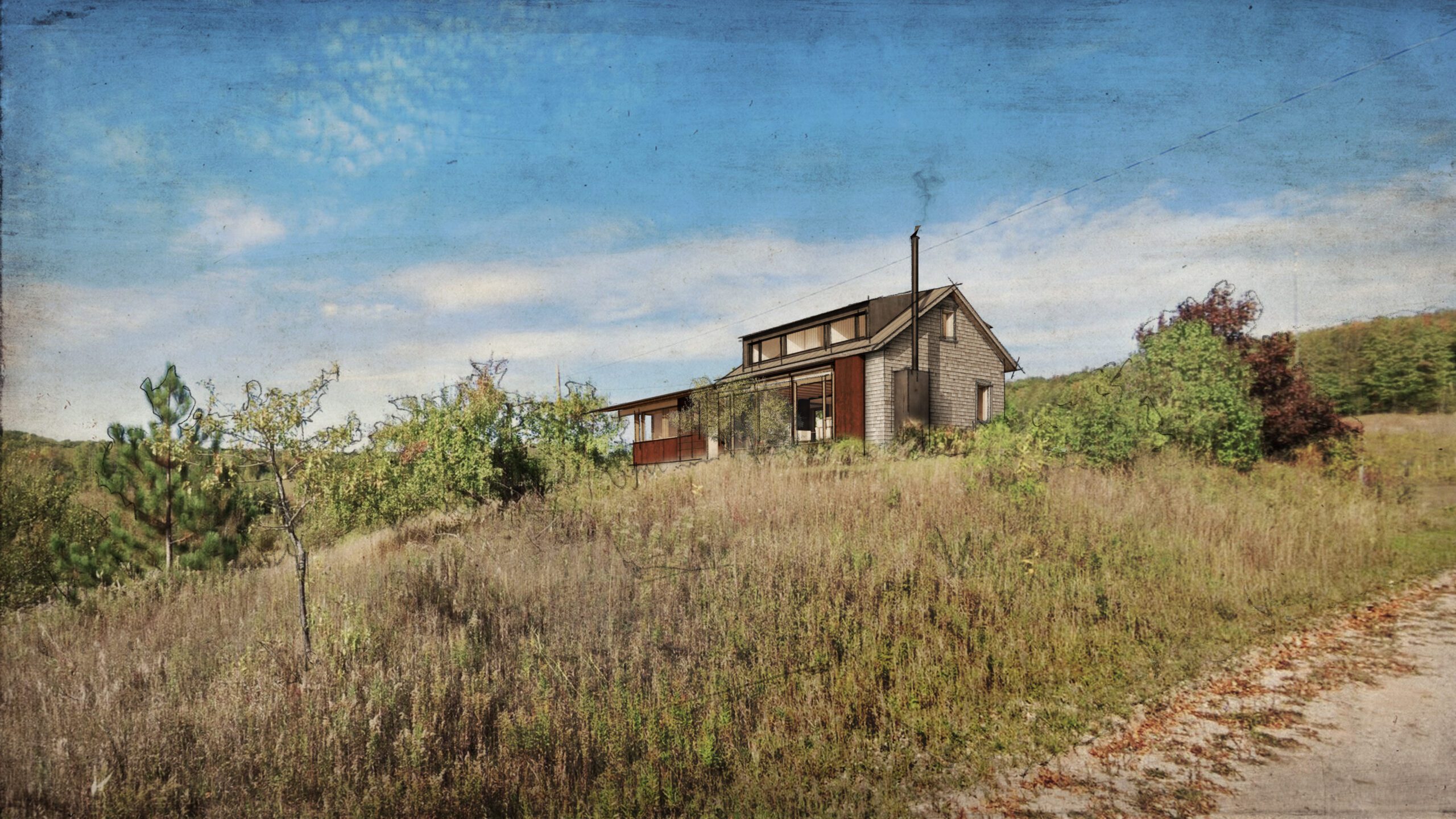
Overlooking the rolling landscapes of Levering, Michigan, Certon Creek Farm has remained in the same family for generations, with roots tracing back to the 1800s. The existing farmhouse, built in the early 1900s, stands as a testament to this rich history. Last year, a new chapter began when our clients acquired the property, envisioning a transformation of the existing home into a sustainable primary residence—a retreat for the couple with ample space to welcome their visiting adult children.
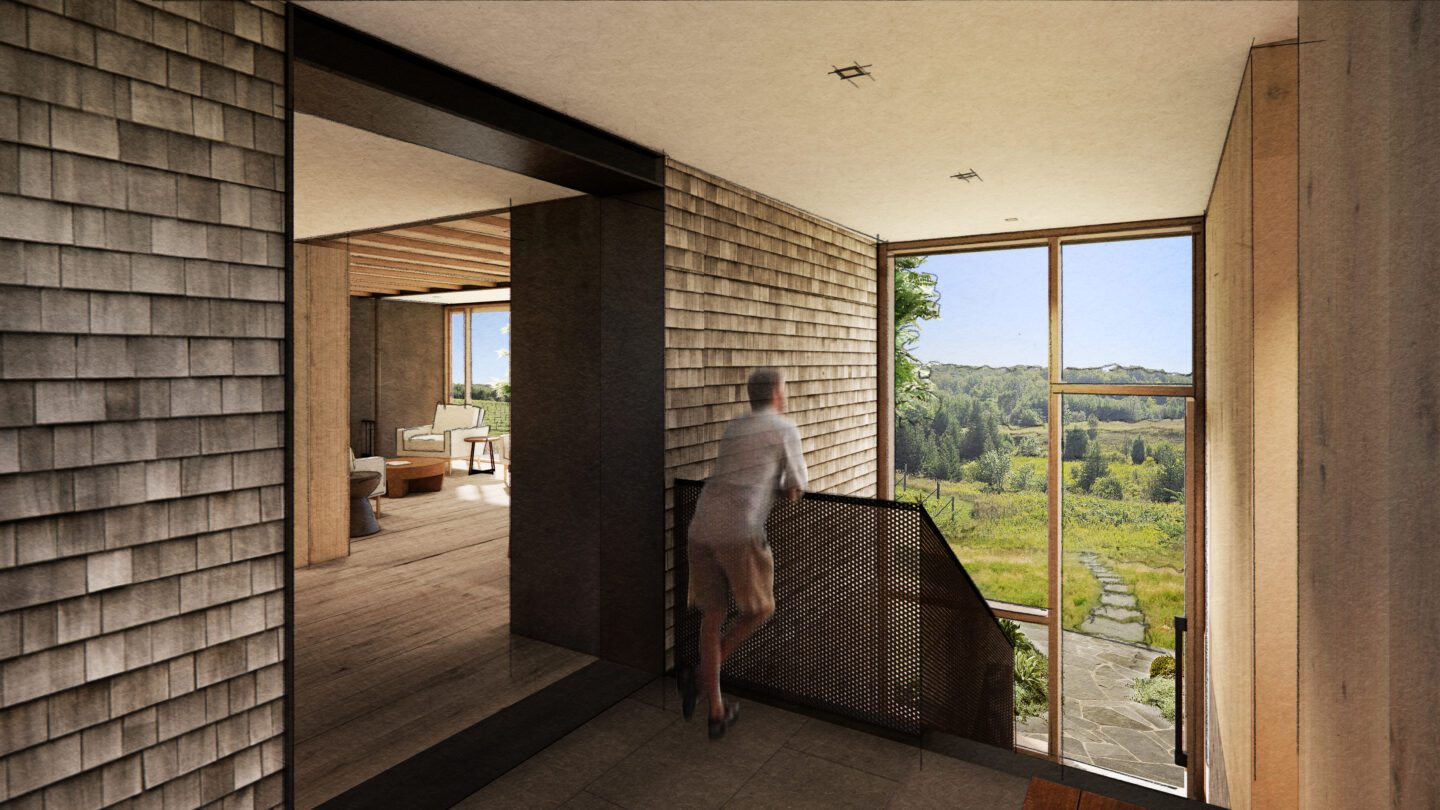
The renovation and expansion of the wood-shingle farmhouse will bring it to a total of 2,973 square feet transforming the interiors into contemporary spaces and expanding the residence with a carefully integrated new primary suite. Additionally, a new 1,453-square-foot farm equipment barn will support the farm’s evolving needs.
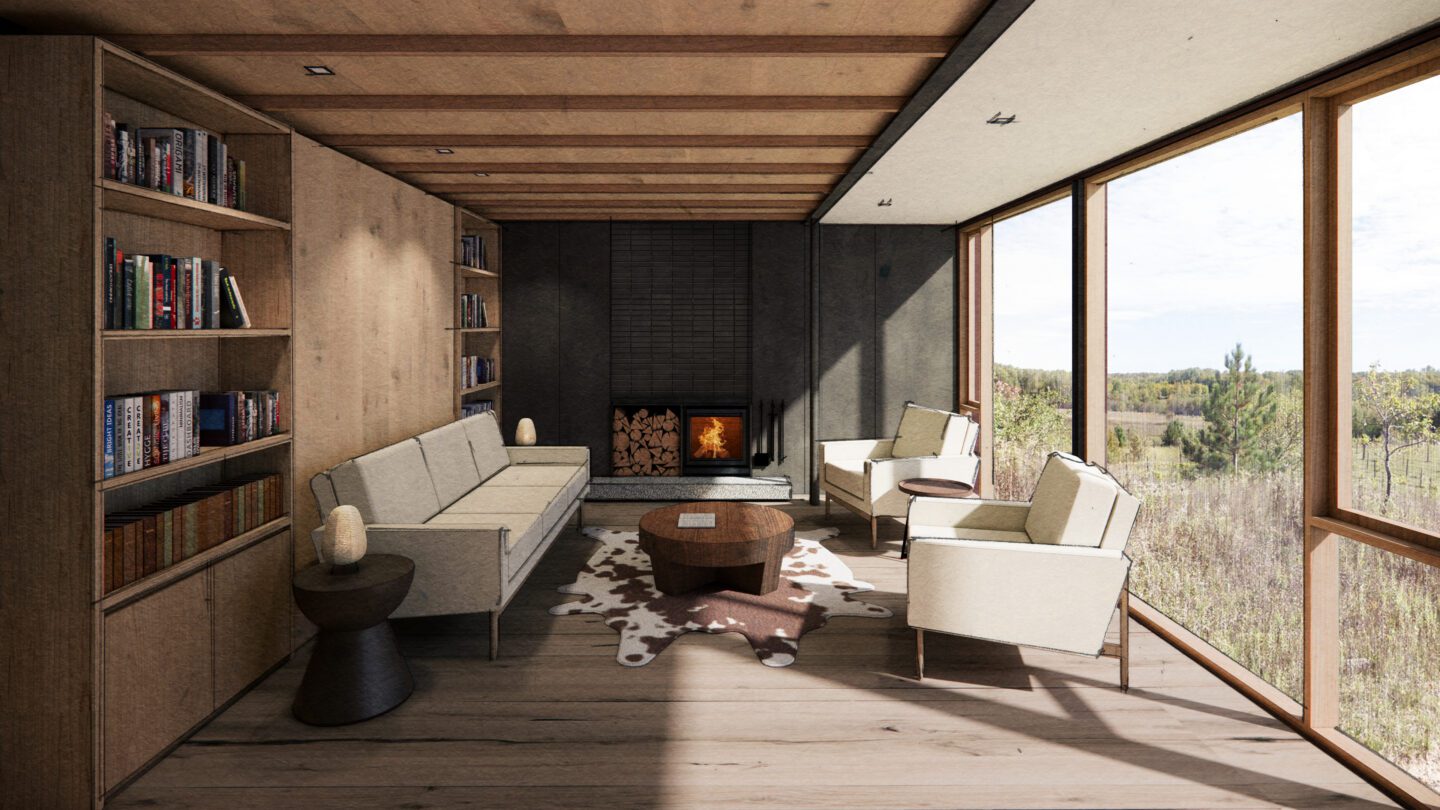
Spanning 120 breathtaking acres, the farm is a blend of open fields, dense woodlands, and the gently meandering Certon Creek. Benefiting from the land’s natural contours and abundant sunlight, ten acres of Marquette Cold Hardy Grape vines are flourishing on the property and harvested annually for local winemakers. Apple and plum trees among a variety of other species that round out the crops on the working farm. The surrounding wilderness is home to a diverse array of native wildlife, further enriching the sense of place.
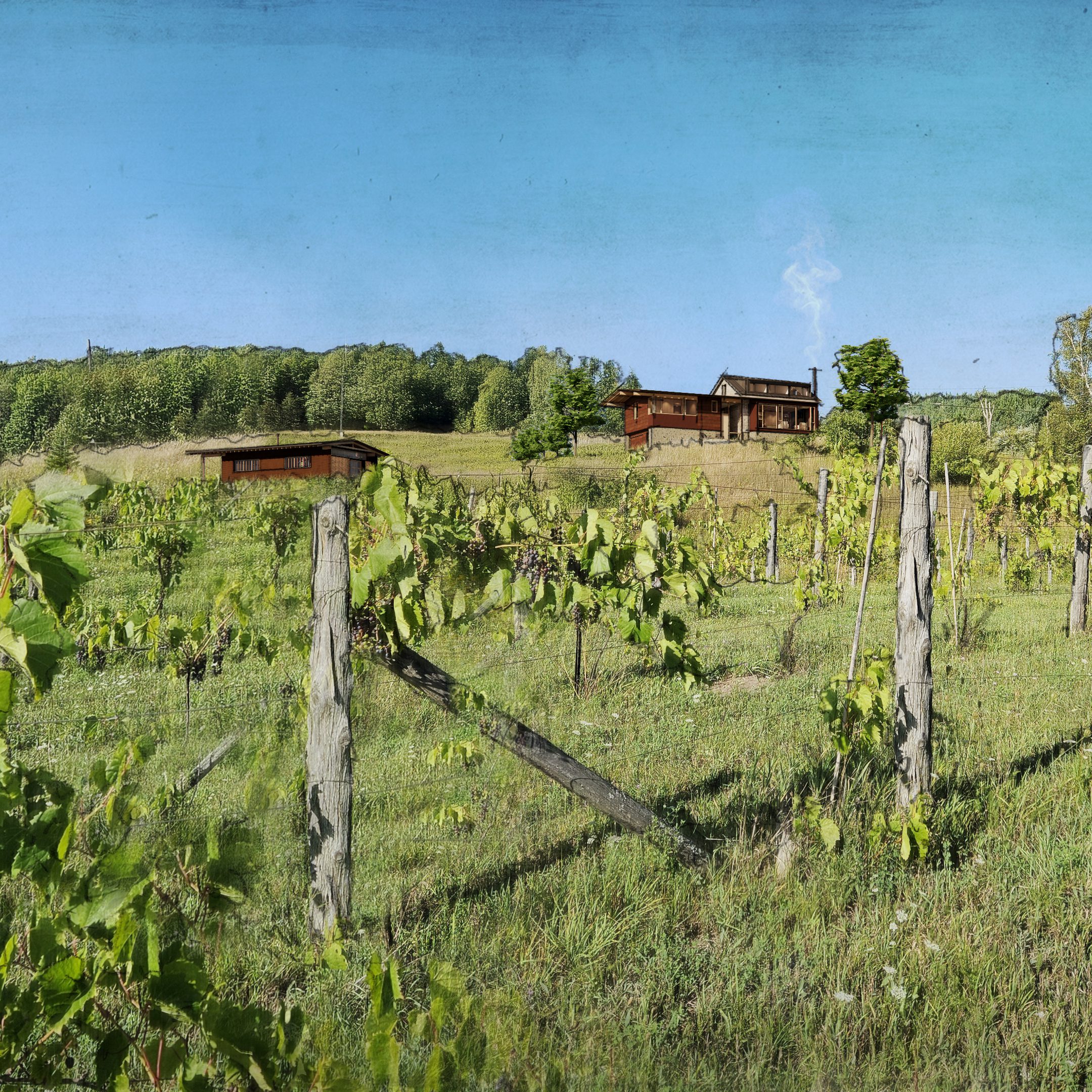
Materiality plays a crucial role in maintaining architectural continuity. Weathering steel, cedar shingles, native stone, and blackened steel are intentionally left unfinished, allowing them to develop a natural patina over time. Inside, warm wood-paneled interiors with steel accents create a tactile, grounded aesthetic that honors the farm’s heritage. Minimalistic finishes will enhance the refined, layered interiors. Thoughtfully curated furnishings and art will create tranquil, inviting spaces that align with the home’s meticulous detailing.
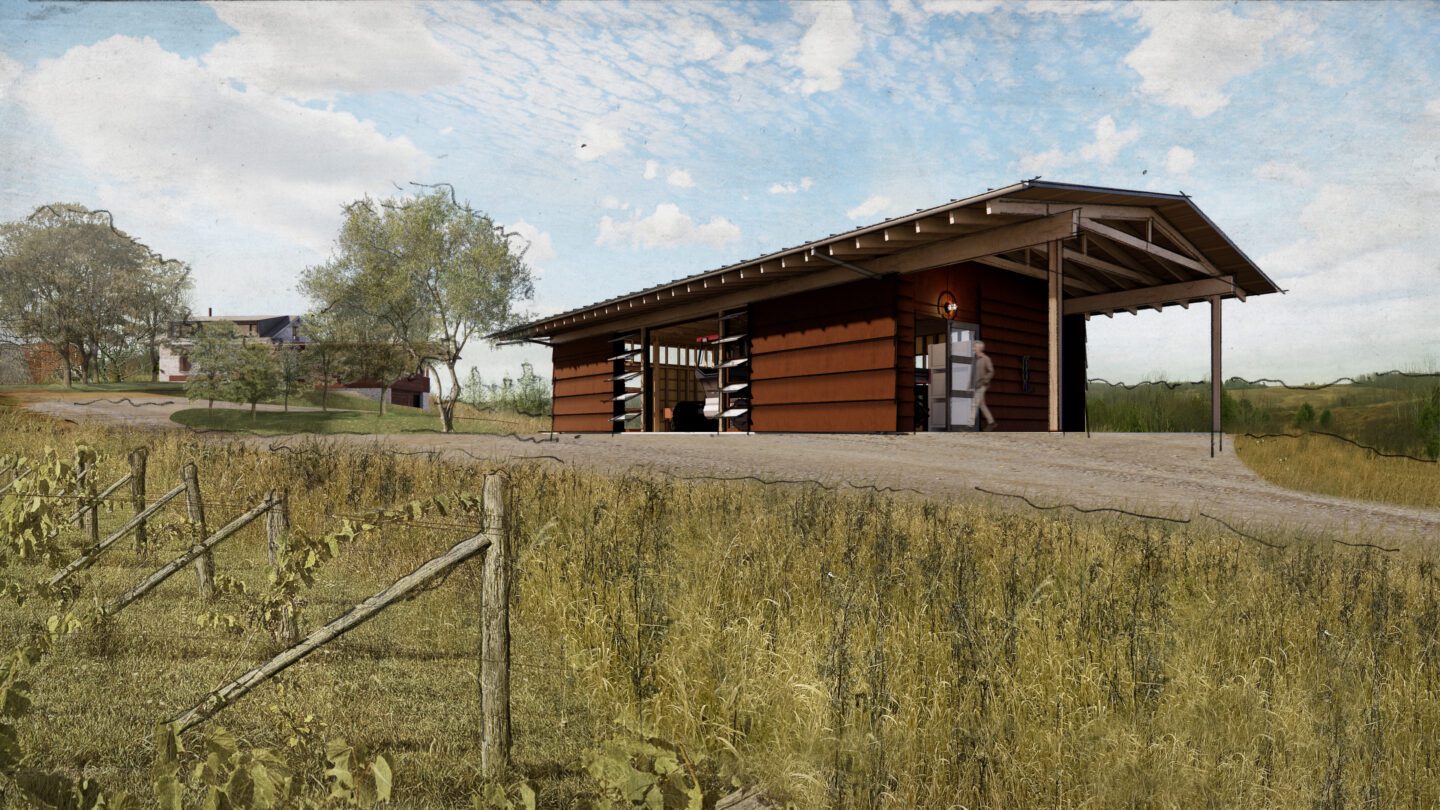
Sustainability is at the forefront of this project. Given Michigan’s harsh winters, high-performance glazing and advanced building science techniques will ensure optimal energy efficiency. A ground-mounted photovoltaic array will provide solar power, allowing the home to operate largely off-grid while minimizing its environmental impact.
